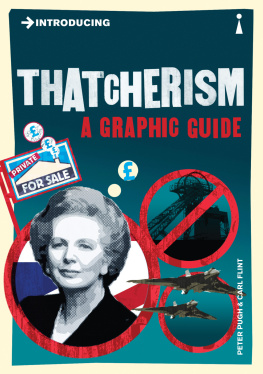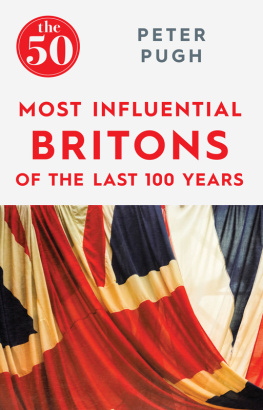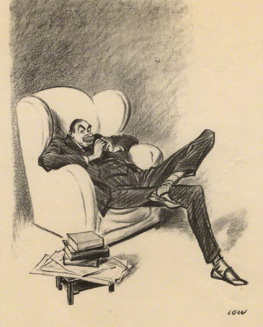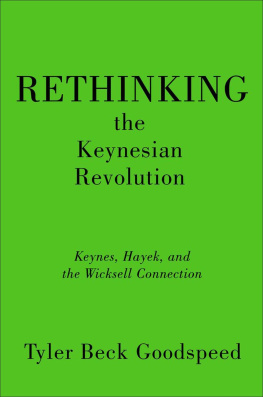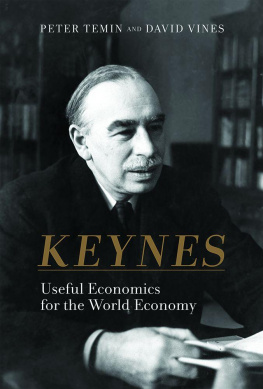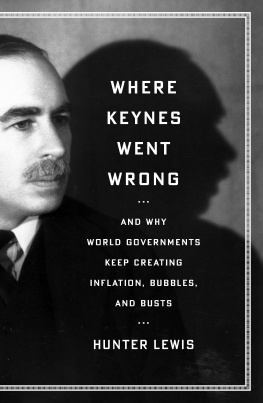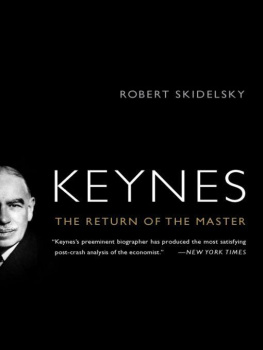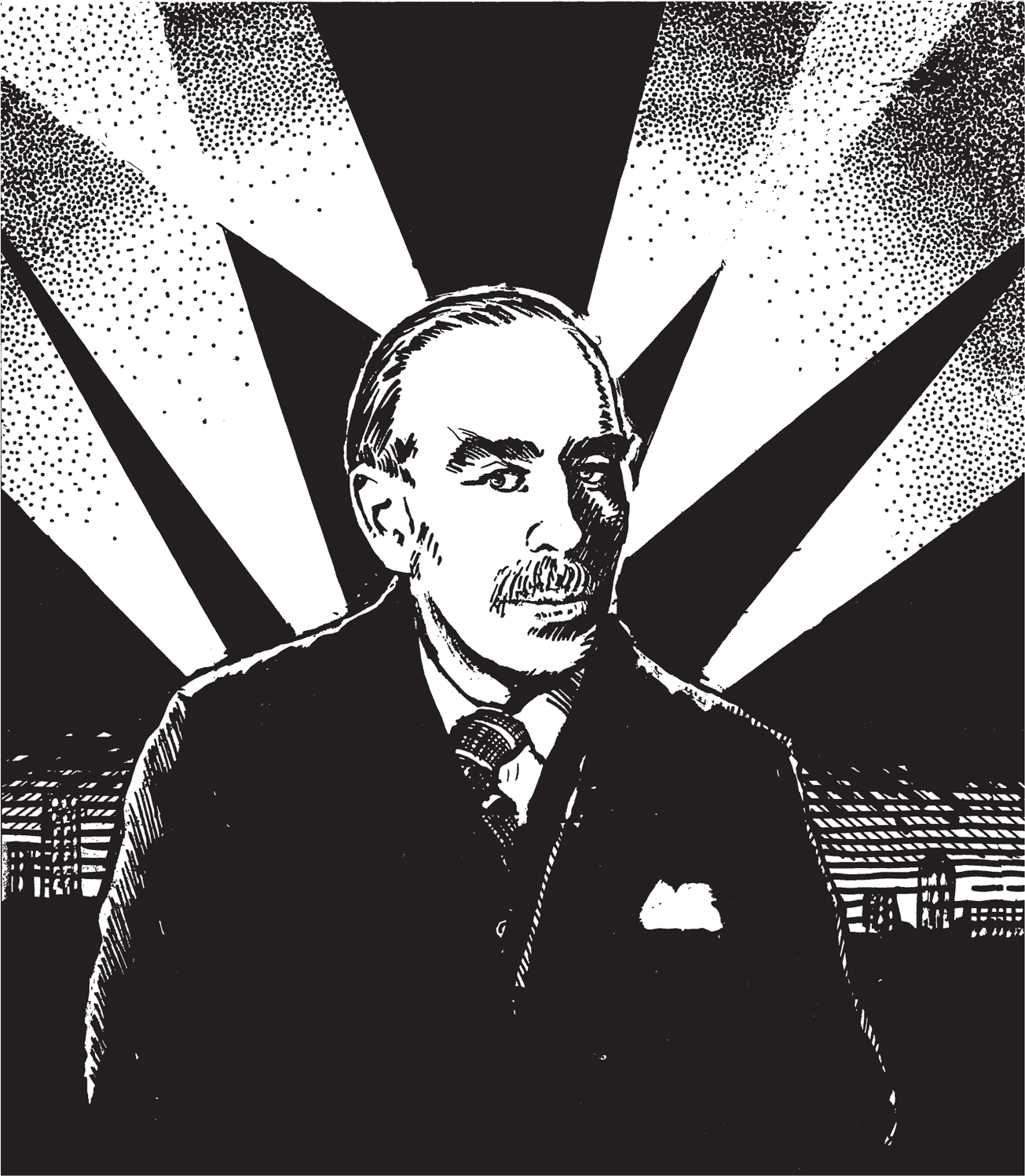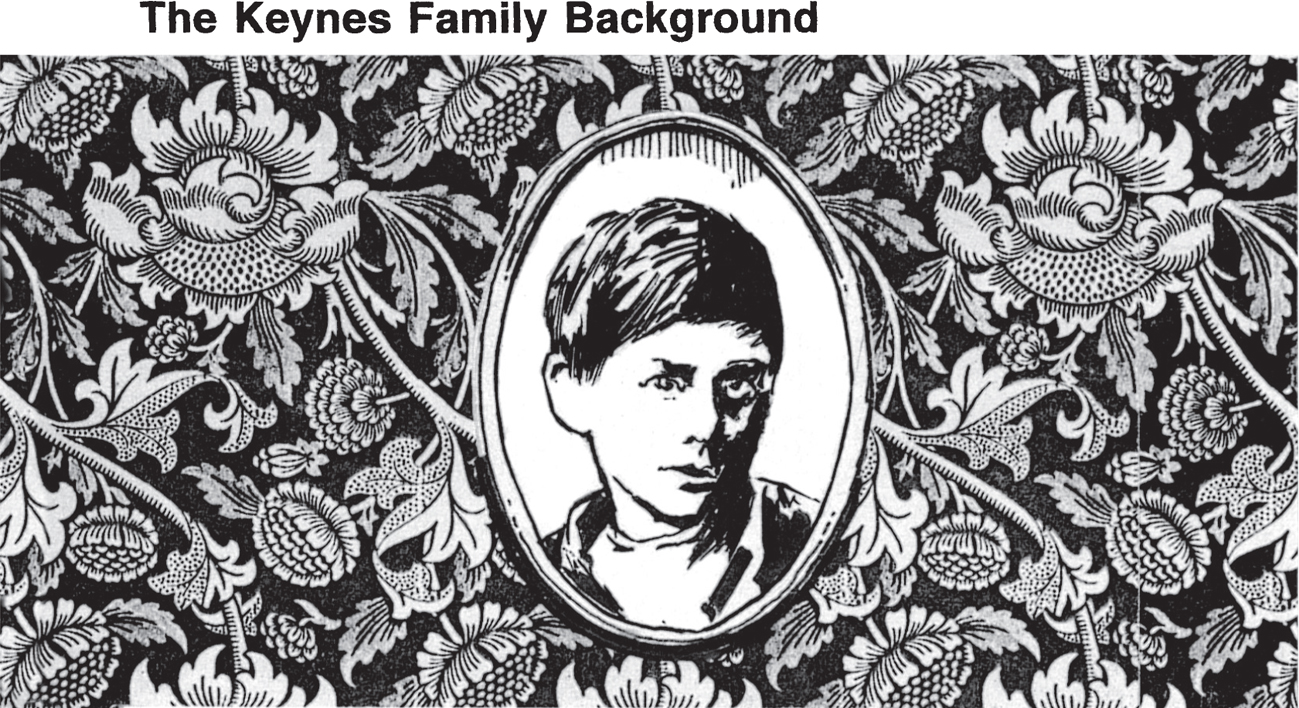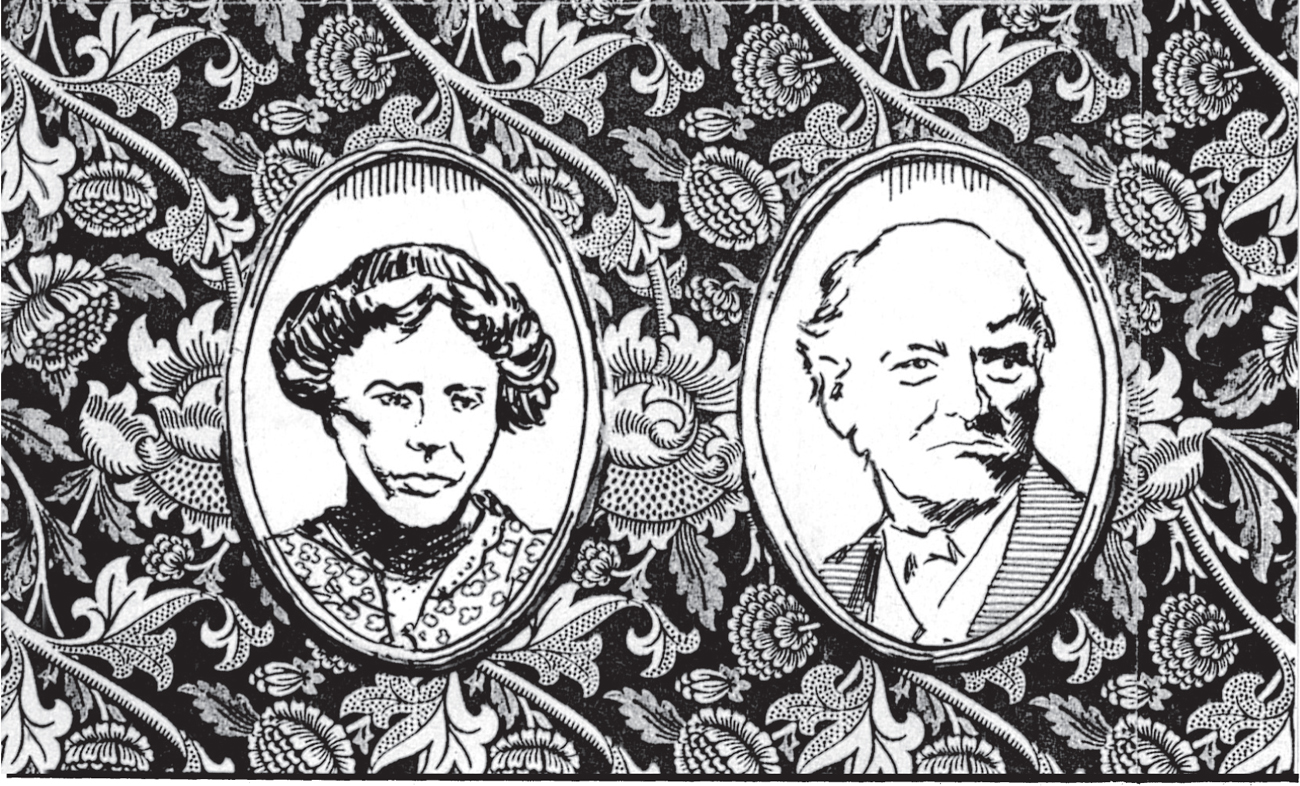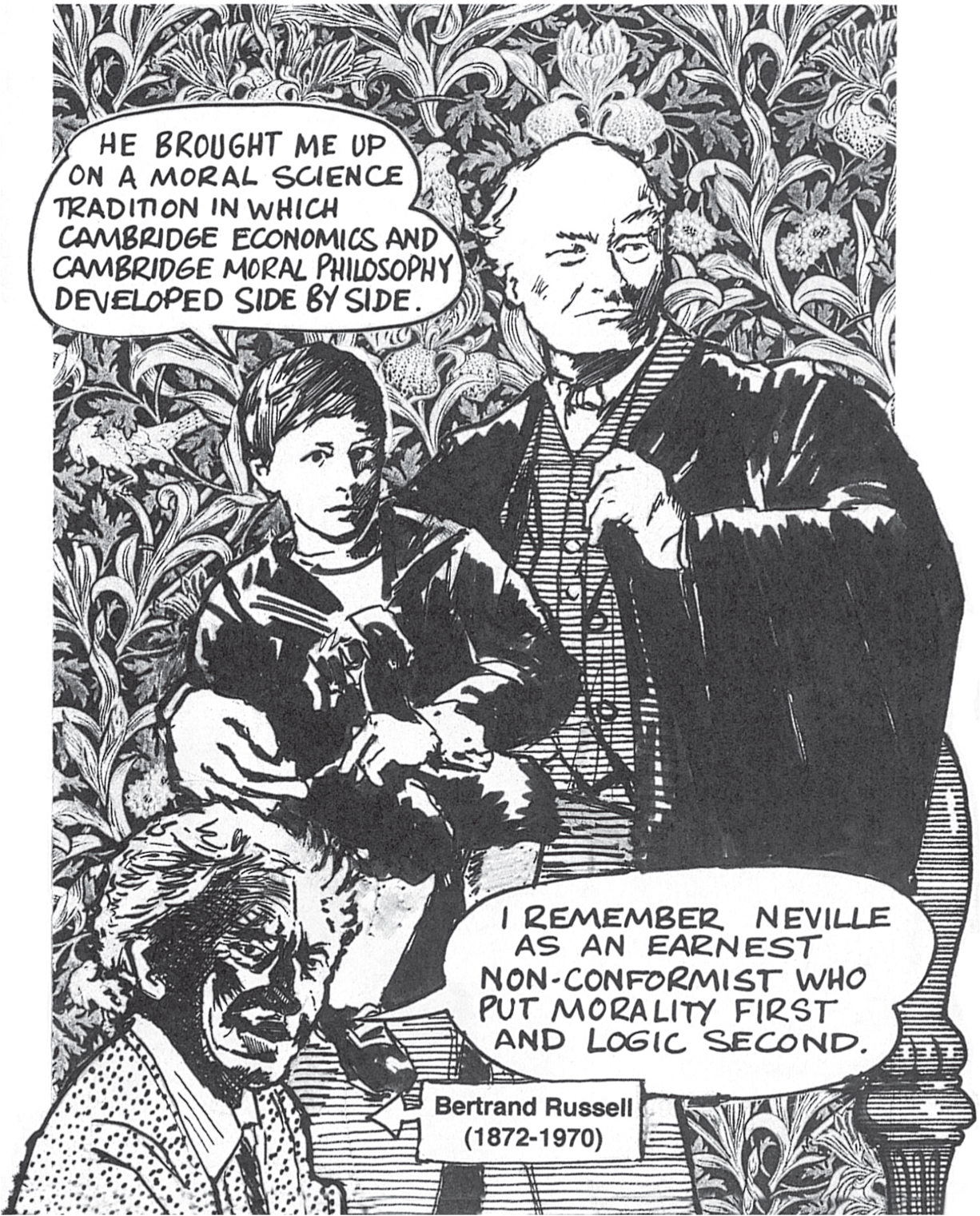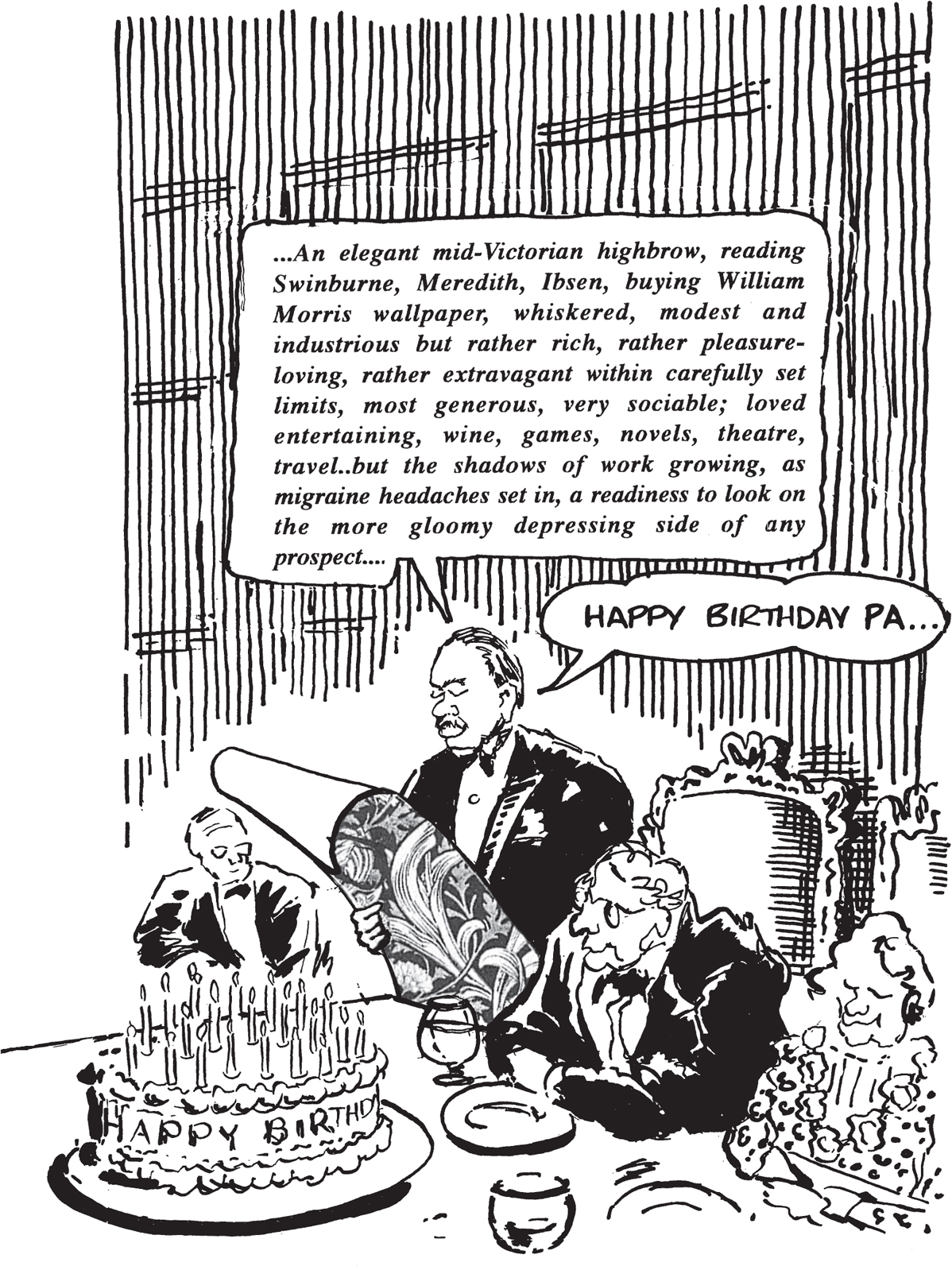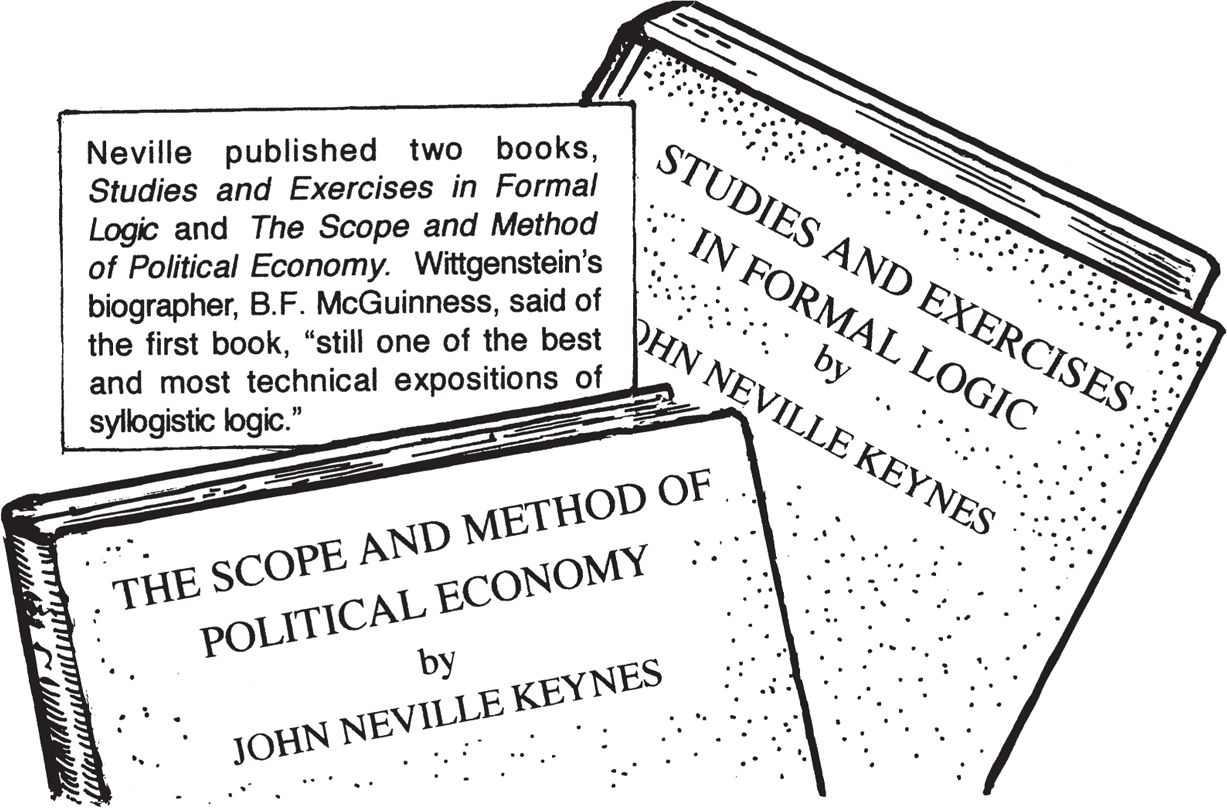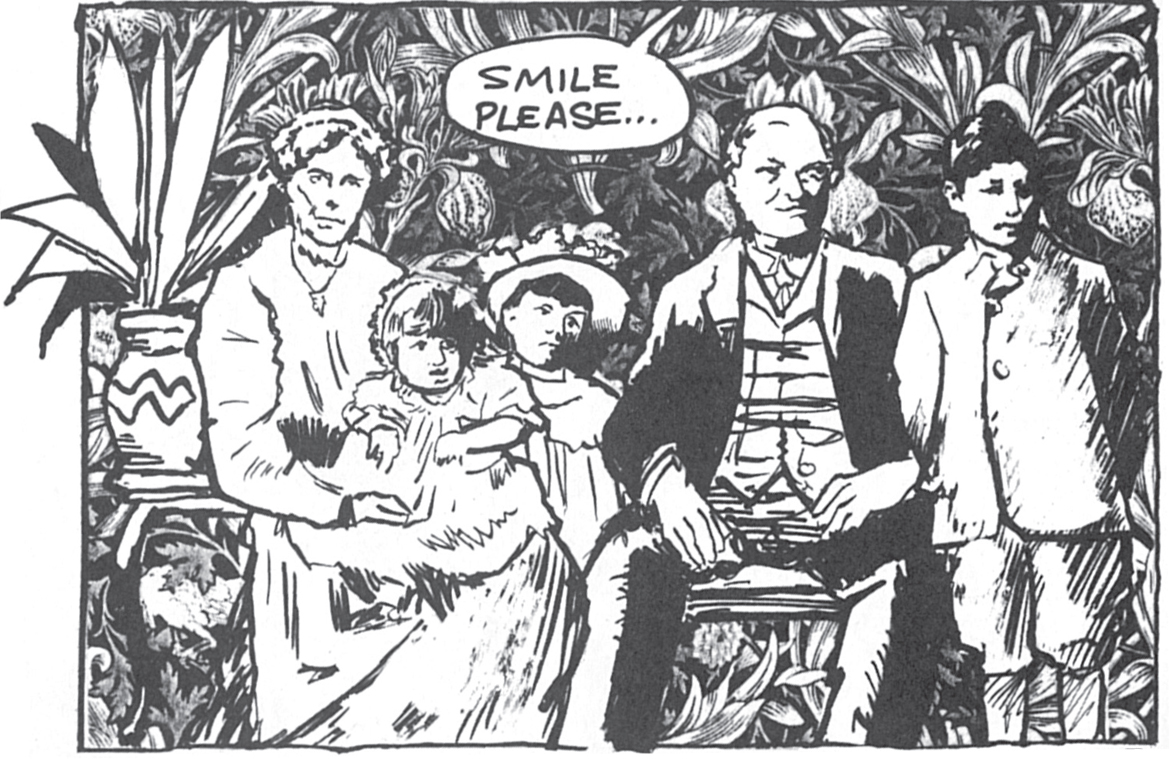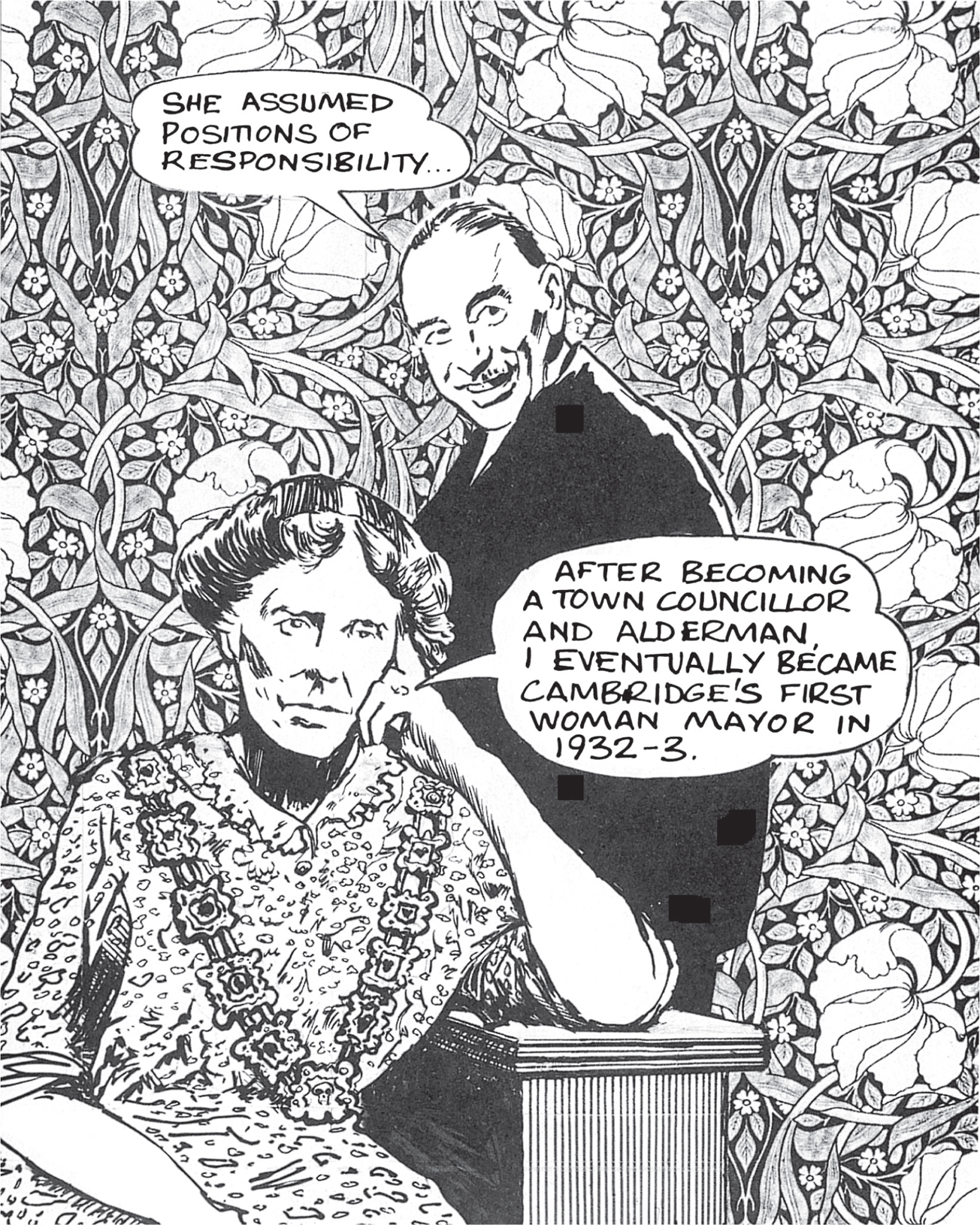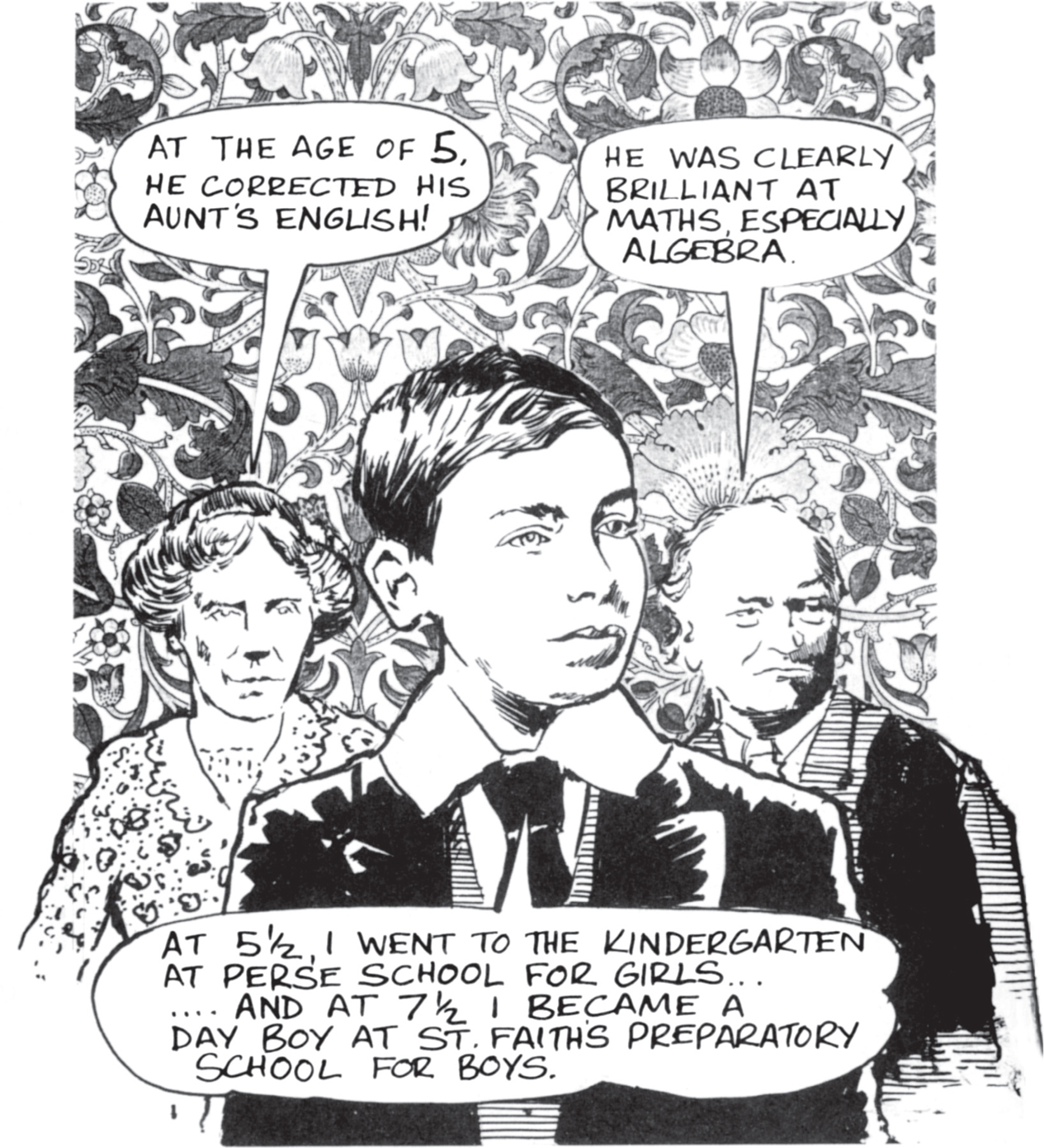Contents
Keynes is back!
This is what Maynard Keynes (18831946) said on the BBC in January 1931 as the whole world, the UK included, slid ever further into the greatest depression of modern times:
The best guess I can make is that whenever you save five shillings [25p, but about 12 in todays money] you put a man out of work for a day. Your saving that five shillings adds to unemployment to the extent of one man for one day and so on in proportion. On the other hand, whenever you buy goods you increase employment though they must be British, home-produced goods if you are to increase employment in this country Therefore, oh patriotic housewives of Britain, sally out tomorrow early into the streets and go to the wonderful sales that are everywhere advertised. You will do yourself good for never were things so cheap, cheap beyond your dreams. Lay in stock of household linen, sheets and blankets to supply all your needs. And have the added joy that you are increasing employment, adding to the wealth of our country, because you are setting on foot useful activities, bringing a chance and hope to Lancashire, Yorkshire and Belfast.
This is exactly what the British government (and governments round the world) are trying to persuade their voters, and encouraging them with tax breaks, to do in 2009.
We are all Keynesians now
As Martin Wolf wrote in the Financial Times at the end of 2008:
We are all Keynesians now. When Barack Obama takes office he will propose a gigantic fiscal stimulus package. Such packages are being offered by many other governments. Even Germany is being dragged, kicking and screaming, into this race.
And the long-living Marxist Eric Hobsbawm wrote:
It is certainly the greatest crisis of capitalism since the 1930s. As Marx and Schumpeter foresaw, globalisation not only destroys heritage, but is incredibly unstable. It operates through a series of crises. Therell be a much greater role for the state one way or another. Weve already got the state as lender of last resort, we might well return to the state as employer of last resort, which is what it was under FDR.
As we shall see in this book, Keyness approach to solving the economic problems of the 1930s i.e. plunging demand leading to mass unemployment was adopted in most of the countries of the world and was followed in various ways from the 1930s to the 1970s. However, Prime Minister Margaret Thatcher and President Ronald Reagan, along with their advisers, believed that Keynesianism led to inflation, and as a result it fell out of fashion in the 1980s and 1990s.
Now that we are once again faced with similar economic problems to those of the early 1930s, Keynesianism is once again in favour.
John Maynard Keynes (18831946)
John Maynard Keynes was the greatest and certainly the most influential economist of the 20th century. Keynes economic theories sprang from direct practical experience of three key moments of the 20th century: the post-World War One peace settlement, the Great Depression and World War Two.
The Keynes Family Background
John Maynard Keynes was born on 5 June 1883 at 6, Harvey Road, I Cambridge, a house built by his parents and occupied by them from 1882 until after Maynards death. His mother, Florence, born in1861, lived there with the same solid furnishings and William Morris wallpaper till she died in 1958.
Keynes father, John Neville Keynes (18521949), had switched from mathematics to moral sciences as a Cambridge undergraduate and became a fellow of Pembroke College after being declared a Senior Moralist, i.e. he came first in the moral science tripos.
Neville was an assistant to the economists Alfred Marshall (18421924), who regarded him as one of his best students, and Henry Sidgwick (18381900).
HE BROUGHT ME UP ON A MORAL SCIENCE TRADITION IN WHICH CAMBRIDGE ECONOMICS AND CAMBRIDGE MORAL PHILOSOPHY DEVELOPED SIDE BY SIDE. I REMEMBER NEVILLE AS AN EARNEST NON-CONFORMIST WHO PUT MORALITY FIRST AND LOGIC SECOND.
Maynard said of his father at a lunch to celebrate his 90th birthday in Kings College in 1942:
An elegant mid-Victorian highbrow, reading Swinburne, Meredith, Ibsen, buying William Morris wallpaper, whiskered, modest and industrious but rather rich, rather pleasure-loving, rather extravagant within carefully set limits, most generous, very sociable; loved entertaining, wine, games, novels, theatre, travel..but the shadows of work growing, as migraine headaches set in, a readiness to look on the more gloomy depressing side of any prospect HAPPY BIRTHDAY PA
Thereafter, Neville became more involved in administration, symbolized by his election to the Universitys Council of the Senate in 1892. He became more and more indifferent to strenuous intellectual activity and withdrew into the bosom of his family.
Maynard had been followed by Margaret, born 4 February 1885, and Geoffrey, born 25 March 1887.
SMILE PLEASE
Maynards mother, Florence Ada Keynes (18611958), moved into the world of voluntary work and social services. She joined the Cambridge Association for the Care of Girls, the National Association for Physical Education and Improvement and the local Charity Organisation Society.
SHE ASSUMED POSITIONS OF RESPONSIBILITY AFTER BECOMING A TOWN COUNCILLOR AND ALDERMAN, I EVENTUALLY BECAME CAMBRIDGES FIRST WOMAN MAYOR IN 19323.
Keynes Childhood
Maynard grew up in this solid middle-class intellectual environment and was soon showing signs of precociousness.
AT THE AGE OF 5, HE CORRECTED HIS AUNTS ENGLISH! HE WAS CLEARLY BRILLIANT AT MATHS, ESPECIALLY ALGEBRA. AT 5, I WENT TO THE KINDERGARTEN AT PERSE SCHOOL FOR GIRLS AND AT 7 I BECAME A DAY BOY AT ST. FAITHS PREPARATORY SCHOOL FOR BOYS.
He went on to Eton as 10th Kings Scholar, mainly on the strength of his mathematics.
Keynes was very successful at Eton where all the scholars lived in the same house, called College, an atmosphere conducive to learning. He was a prodigious prize-winner, gaining 10 in his first year, 18 in his second and 11 in his third, including all the schools main maths prizes.




